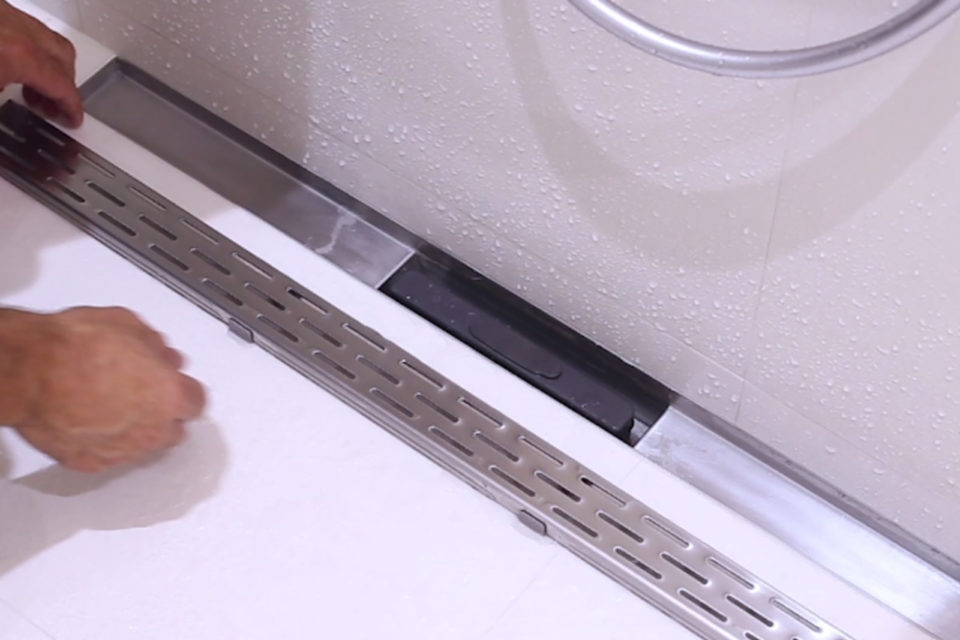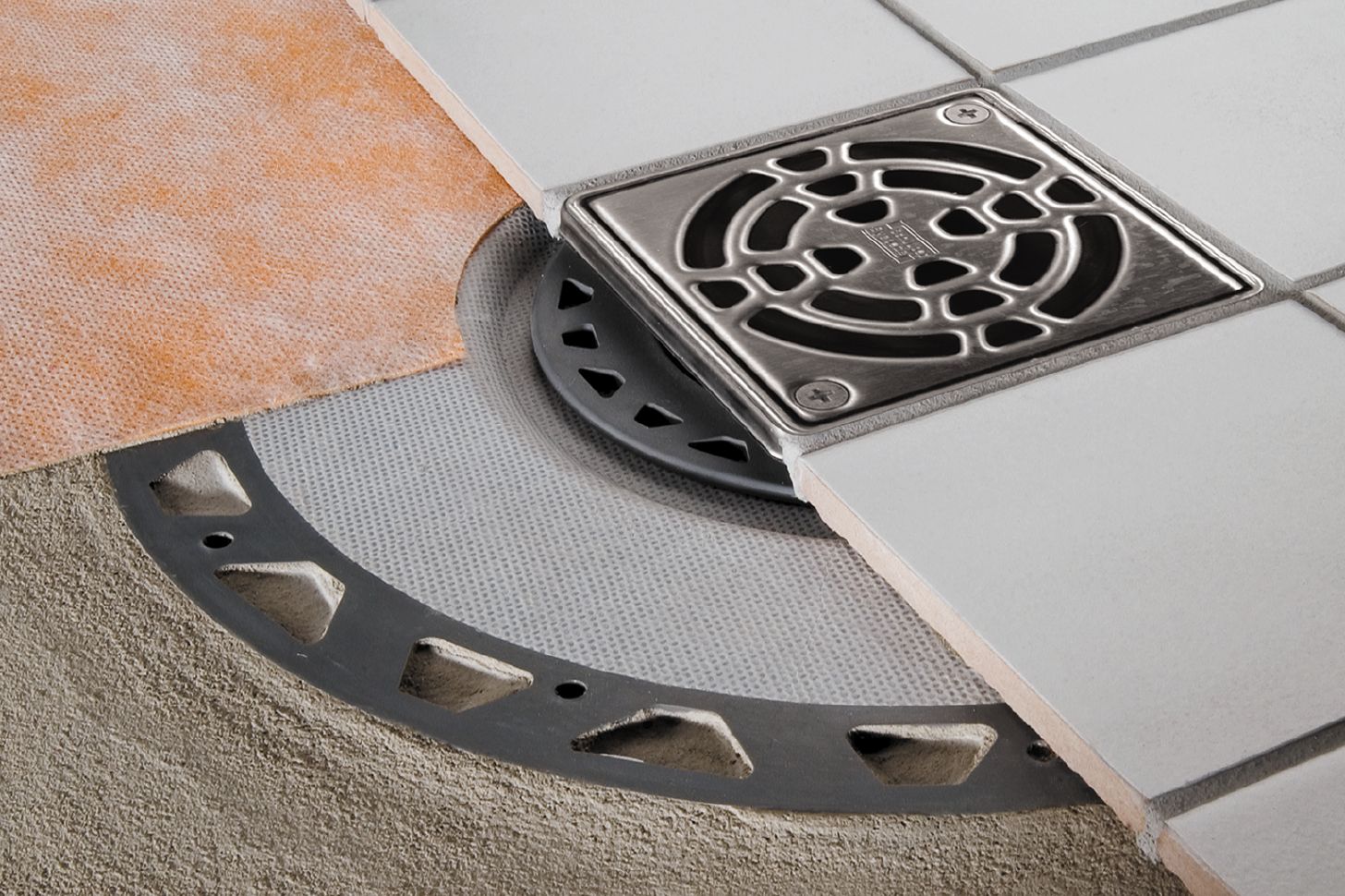This post following next pertaining to How to Choose the Best Drain for Your Shower is highly enlightening. Read on and make your own assumptions.

Updating a bathroom is one of the extra preferred residence renovation tasks. Managing the plumbing for draining your shower can be extremely basic unless you overdo it.
Handling Your Own Shower Drain Installation Project
You can physically build a collector for your new shower, but you really need to think about it. Do you really intend to get involved in the difficulties of obtaining the sloping right, and also making certain every element of it is water resistant? And I mean every facet! It is a lot easier to just acquire a pre-cast enthusiast online or at your regional copyright, Home Depot or equipment shop. Building one could seem like an excellent concept, but you will possibly really feel in a different way after a couple of hrs.
Despite exactly how you tackle obtaining a frying pan, you ought to strive to utilize one that has the drainpipe situated in the same place as the initial pan. Relocating the drain pipes can be a job, particularly if the builder made use of a distinct framework structure. If you are determined to move the drainpipe, you are going to need to cut down the pipeline or lengthen it, which might indicate ripping up huge chunks of the flooring. Put another way, you are mosting likely to be taking a look at a numerous weekend task.
Presuming we have our drainpipe lined up, the real connect is rather easy. The water drainage pipe need to be dealing with upright up to the enthusiast. It will certainly typically resemble a "U", which implies it works as a cleanout to maintain nasty scents from returning up from the drain. To attach the drain, you are going to develop a water tight connection in between a drain cap on the top of the pan as well as the water drainage pipe. Solutions differ, but you are usually mosting likely to do this by putting a coupling item on the top of the drainage pipe. This is after that covered with gaskets and also literally screwed into the drainpipe cap. The drainpipe cap should serve as a locknut, to wit, it screws straight onto the combining.
The difficult part of this procedure is getting your drain cap to suit a water tight position in the pan. This is achieved by withdrawing the drainpipe cap as soon as you are sure whatever fits together. At that point, you placed plumbings putty around the bottom of the cap and then screw it back on. The putty needs to form a tight seal between the cap and also the shower frying pan, which maintains water from flowing under it and into the framing under the shower.
Certainly, restroom showers been available in a wide array of designs nowadays. If you acquire an enthusiast, they generally featured plumbing guidelines or the shop can keep in mind anything uncommon you should know. It seems intricate, but is generally pretty straight forward. Enjoy!
Whether you are a bath tub or shower individual, most individuals try to find shower only choices when purchasing a home. This simple fact means greater than a couple of home owners invest a weekend updating or setting up showers in their restrooms. Thankfully for you, it is a fairly simple procedure.
An enthusiast or frying pan refers to the horizontal surface area located at the end of the shower. The collection agency generally contains a non-slip surface area somewhat banked in the direction of the center or wherever the drainpipe is located. Combined with 3 to four inch wall surfaces around the side, the goal of your shower water drainage plumbing is to obtain the water to flow to and down the drain.
Tips for Installing a Shower Drain Assembly
Renovating a bathroom can be exciting as well as fulfilling if you’re tackling the job DIY-style. After you cross off the bigger decisions such as tile style, paint colors, and fixtures, you’ll need to finalize smaller details – such as the shower drain. In this article, we’re sharing some tips for selecting and installing the right drain assembly for your updated shower.
What is a shower drain assembly?
Shower bases or pans typically only come with a pre-drilled drain hole. Since the pan slopes toward the drain, you should consider the placement – left, center, or right – when designing your shower. You’ll need to purchase and install a shower drain assembly that connects the shower pan to the drain pipe underneath the shower. There are a few types of assemblies, which will be covered below.
Size of a shower drain
When it comes to installing drains, size matters. The recommended pipe size for a shower drain is 2 inches, whereas most tubs use 1.5-inch pipes. Why the difference?
Shower pans are shallower than tubs, so there’s a higher risk for overflow. So, the larger pipe allows for quicker draining. If you are replacing an old tub with a newer stand-up shower, you will need to make additional plumbing adjustments to accommodate the 2-inch pipe.
Types of shower drain assemblies
There are three common types of shower drain assemblies: compression shower drain, solvent-glue shower drain, and tile shower drain. The layout, design, and materials of your shower can determine which type of shower drain assembly will work best.
Compression shower drain
This type of assembly attaches to the drain pipe with compression washers and nuts. The drain fitting is typically installed into the base, and then the base is installed into the bathroom floor. This makes compression-style drains easier to install than other options, particularly if you don’t have easy access from the floor under the shower base. Drains are available in a wide range of materials such as PVC (polyvinyl chloride), ABS (Acrylonitrile Butadiene Styrene), and brass, and can be used for acrylic, fiberglass, and steel shower bases.
Solvent-glued shower drain
Made of either polyvinyl or ABS, this type of shower drain is sealed to the drain pipe with solvent glue and silicone. Since you’ll be working underneath the drain pan, we only recommend using this type of drain if you have access under the shower, such as from a basement or crawlspace. It’s also important that you match the type of plastic of the drain with the drainpipe. If you take these precautions, you can install a solvent-glued drain assembly with acrylic, fiberglass, and steel shower bases.
Tile shower drain –
Drain assemblies for custom tile showers feature a waterproof membrane liner placed between two flanges. The tile is installed on top of the liner, collecting any water that seeps through the porous grout. A metal strainer is installed in line with the tile over the drain.
https://www.epshawaii.com/blog/tips-for-installing-a-shower-drain-assembly/

We were made aware of that report about How to Install or Replace a Shower Drain from an associate on a different site. I beg you take the opportunity to promote this post if you enjoyed it. I appreciate reading our article about How to Choose the Best Drain for Your Shower.